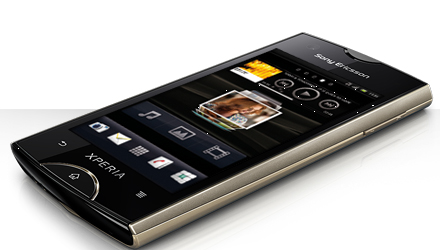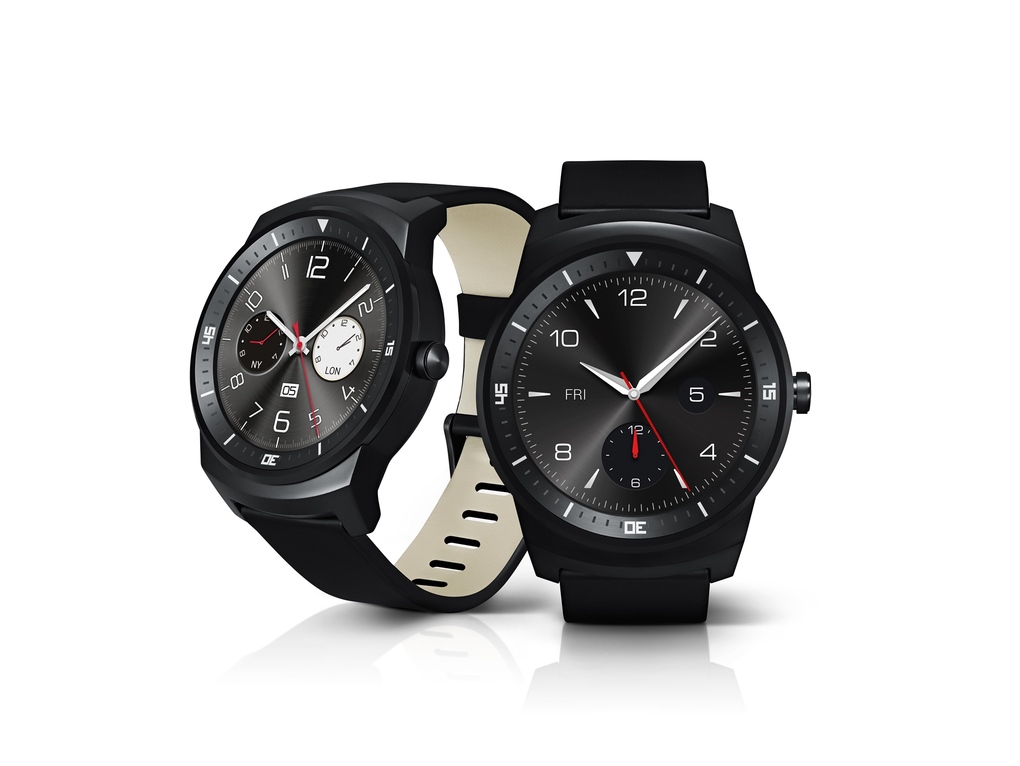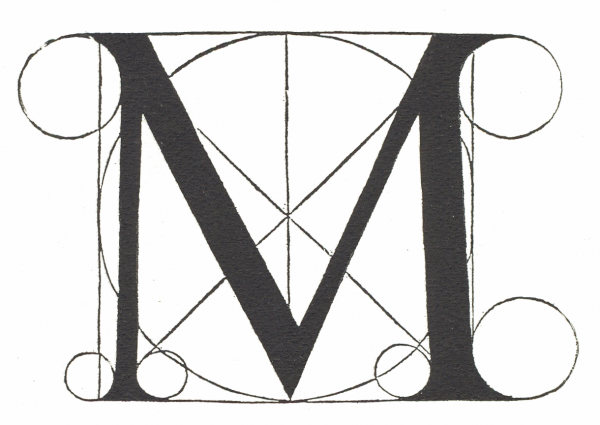
It took me a little time to not only get used to its size but the Xperia launcher. A good amount of standard operations are found on the launcher but they also have a few widgets that are rather nice to have at your disposal. One of those widgets that I found to be rather useful is the Photo & Video widget. Located right on the screen you have a Rolodex style widget to search through all your photos and videos that are on your device. Although the widget is small, 2 X 2, it does its job quite nicely.
What got me interested in the device was not its size though. What made me want to get a closer look at this device was the Bravia Engine for the Reality Display and the Exmor R camera technology. Lets face it, device screens and their camera are still somewhat lacking the clarity that we would all like them too.As for the Reality Display is concerned, I have never seen a better looking screen ever. Applications and games are so vivid and crisp that it makes my Vibrant look like an old projection TV. While watching movies or viewing photos you can really see the difference. Not only is everything dramatically brighter and cleaner, you can see amazing color and detail in everything. It really does provide some amazing clarity.It even made regular photos look better when viewed.
Now, for the Exmor R. One of the main reasons I wanted to get my hands on this device. Camera quality on our devices is slowly, but surely, improving. At one point I thought my Vibrant’s camera was pretty great. It took awesome photos that were clear and useable for projects and sharing her eon the blog. Now, I hate my phone’s camera. You will see why in a minute. One of the issues that is plagued among nearly all devices is shutter speed. Having to catch that shot while you still wait for your camera to focus and then actually snap the picture is a drag. The Xperia Ray has near to zero shutter lag. I was able to snap photos as fast as I could tap the screen. Couple with face recognition, smile detection and anti-shake, I was able to take more photos with better results than any camera I have used before.The CMOS sensor that is built into the device as well make capturing photos even with the flash OFF absolutely amazing.
Lets take a look at a quick comparison below. On the left you find a photo taken with my Vibrant and on the right is the photo taken with the Ray. I took a variety of photos of the same objects with both to make comparison easier.




There are many settings in the camera that you can adjust and play with. It has a self timer for setting it up at family photo times. In the Focus mode you have single focus, multi-focus Macro, infinity, face detection and touch focus. You can change the Exposure values and white balance. Not to mention all the various scene to choose from for optimal picture taking.You can even turn on scene recognition and let the phone figure it out for you.
One feature that I messed around with but was unable to fully explore were the two panorama modes. The Ray offers a very nice 180 degree panorama sweep that produces the same great quality photo as you would expect. It also offers a 3D sweep panorama option. Which is supposed to take a 3D image of the landscape for you. Once you have taken one you can send it to your friends that have a phone that displays 3D images, like the EVO 3D. I didn’t have one of those available for testing, but I am sure it works and looks amazing.
Over all, my first impressions of the device and its main features, camera and screen, are nothing short of amazing. If you are more so into the smaller devices and not looking to carry around a digital camera and large device, this is a must have device for you.
Stay tuned for some more information and a follow-up with some hands on of the device along with final thoughts.









